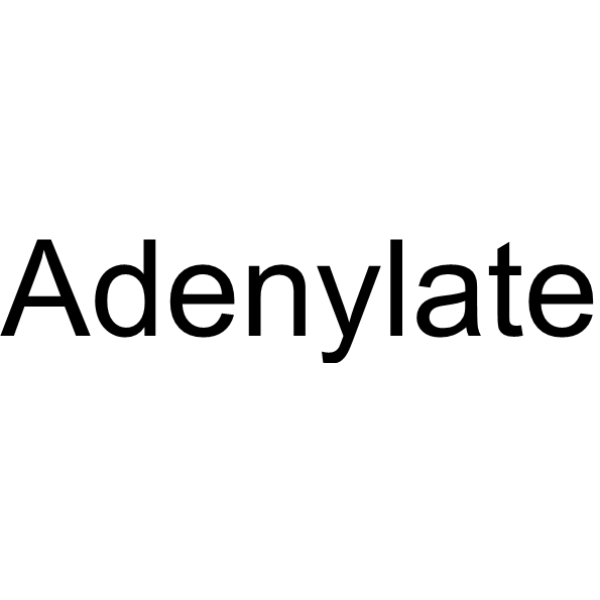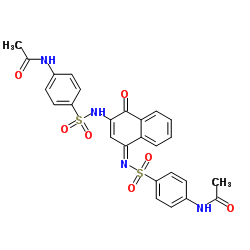Nature
2004-09-16
The DNA sequence and comparative analysis of human chromosome 5.
Jeremy Schmutz, Joel Martin, Astrid Terry, Olivier Couronne, Jane Grimwood, Steve Lowry, Laurie A Gordon, Duncan Scott, Gary Xie, Wayne Huang, Uffe Hellsten, Mary Tran-Gyamfi, Xinwei She, Shyam Prabhakar, Andrea Aerts, Michael Altherr, Eva Bajorek, Stacey Black, Elbert Branscomb, Chenier Caoile, Jean F Challacombe, Yee Man Chan, Mirian Denys, John C Detter, Julio Escobar, Dave Flowers, Dea Fotopulos, Tijana Glavina, Maria Gomez, Eidelyn Gonzales, David Goodstein, Igor Grigoriev, Matthew Groza, Nancy Hammon, Trevor Hawkins, Lauren Haydu, Sanjay Israni, Jamie Jett, Kristen Kadner, Heather Kimball, Arthur Kobayashi, Frederick Lopez, Yunian Lou, Diego Martinez, Catherine Medina, Jenna Morgan, Richard Nandkeshwar, James P Noonan, Sam Pitluck, Martin Pollard, Paul Predki, James Priest, Lucia Ramirez, James Retterer, Alex Rodriguez, Stephanie Rogers, Asaf Salamov, Angelica Salazar, Nina Thayer, Hope Tice, Ming Tsai, Anna Ustaszewska, Nu Vo, Jeremy Wheeler, Kevin Wu, Joan Yang, Mark Dickson, Jan-Fang Cheng, Evan E Eichler, Anne Olsen, Len A Pennacchio, Daniel S Rokhsar, Paul Richardson, Susan M Lucas, Richard M Myers, Edward M Rubin
Index: Nature 431(7006) , 268-74, (2004)
Full Text: HTML
Abstract
Chromosome 5 is one of the largest human chromosomes and contains numerous intrachromosomal duplications, yet it has one of the lowest gene densities. This is partially explained by numerous gene-poor regions that display a remarkable degree of noncoding conservation with non-mammalian vertebrates, suggesting that they are functionally constrained. In total, we compiled 177.7 million base pairs of highly accurate finished sequence containing 923 manually curated protein-coding genes including the protocadherin and interleukin gene families. We also completely sequenced versions of the large chromosome-5-specific internal duplications. These duplications are very recent evolutionary events and probably have a mechanistic role in human physiological variation, as deletions in these regions are the cause of debilitating disorders including spinal muscular atrophy.

